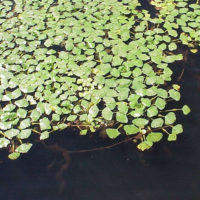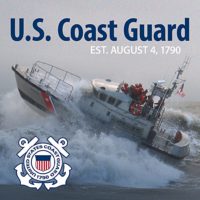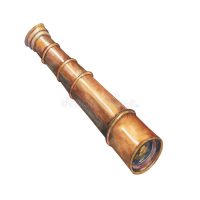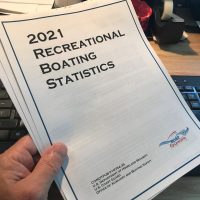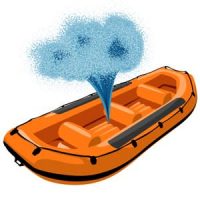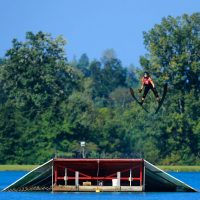
What do you need to have Water Ski Jumps in Connecticut?
The following excerpt is from the State of Connecticut DEEP’s Boating website. All parameters, restrictions, and requirements remain intact for this publication.
Water-Ski Slalom Course or Jump Permit
Firstly, each permit application must satisfy certain requirements under current state law. Section 15-134(c) of the Connecticut General Statutes Secondly, the statute requires that the statement addressing the safety and environmental impact of the proposed slalom course/jump be drafted. Thirdly, attach the draft to the Water-ski Slalom Course/Jump Permit Application. Then submit both to the Department of Energy & Environmental Protection.
It is incumbent upon the applicant to ensure that the statement submitted satisfies, at a minimum, the guidelines listed below. You must reference your sources and provide statements from qualified individuals, as required. Conditions specific to each proposed site may require additional information. All costs associated with research, investigation, or verification necessary to guarantee compliance with these guidelines are the responsibility of the applicant.
Safety guidelines:
- The water body shall have a surface area (excluding islands) of not less than one hundred (100) acres.
- The depth of water shall be sufficient for the proposed activity and not less than six feet (6′). This includes waters traversed by the water-skier or vessel during the act of water-skiing.
- The minimum distance of 100 feet applies to:
Shore, Docks, Observation Platforms
Moorings, dams, physical objects
Other permitted slalom courses or jumps
Boat Launches, Swim areas
Areas of human activity
- There shall be no underwater cables or overhead wires anywhere in or adjacent to the proposed area of operation.
- The proposed site and adjacent waters shall not interfere with channels or historical lanes of traffic or traffic patterns.
Environmental guidelines:
- There shall be no inland or tidal wetlands within two hundred feet (200) of the proposed slalom course/jump and area of operation.
- There shall be no active Bald Eagle or Osprey nesting sites on or adjacent to the body of water near the proposed placement of the course or jump.
- The slalom course/jump and its associated operations area must be at least three hundred feet (300′) from any waterfowl nesting areas.
- There shall be no fish spawning or nursery grounds within fifty feet (50′) of the proposed slalom course/jump and its area of operation.
- The proposed activity shall not preclude existing recreational use.
- The proposed placement must not contribute to Shoreline erosion.
In short, it shall be understood that approval of the permit in no way constitutes verification or acknowledgment by the State of Connecticut, it’s DEEP and Boating Division that information, data, facts, or statements submitted in the safety and environmental impact statement are correct and accurate. Further, if at any time, the conditions are in violation, the permit may become null. An order is issued to remove the slalom course/jump structure(s). The permittee is given written notice of the violation(s) and is afforded an opportunity for a hearing. Moreover, at any time, the permit is subject to reevaluation if environmental, safety, or standards change.
In Conclusion:
Connecticut Boating Certificates LLC teaches the Water Ski Towing Endorsement as a standard in our state licensing course. Please visit our Public Course Schedule for availability
You can download the Application for Water-Ski Permit CT to apply.

